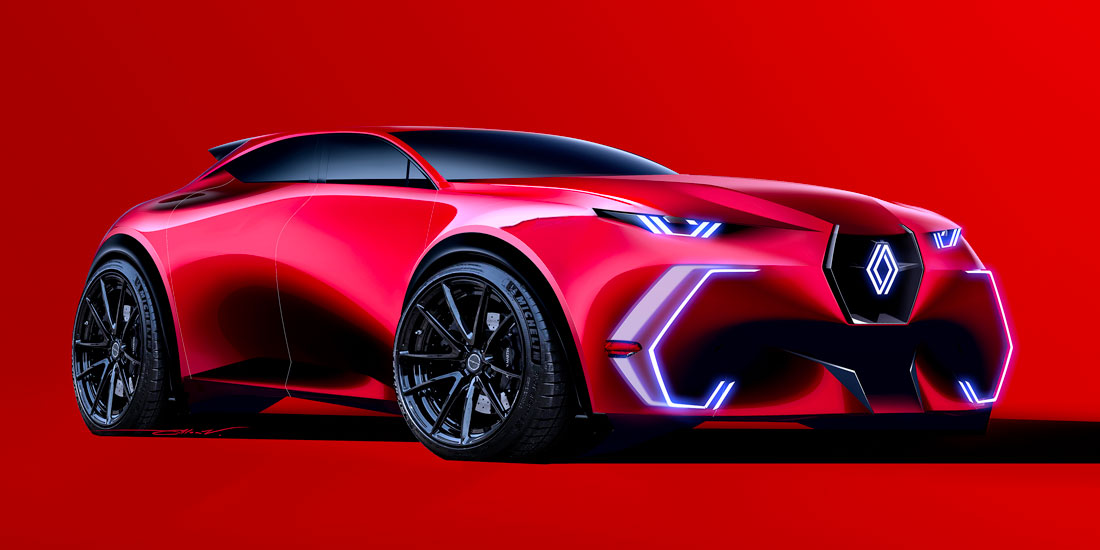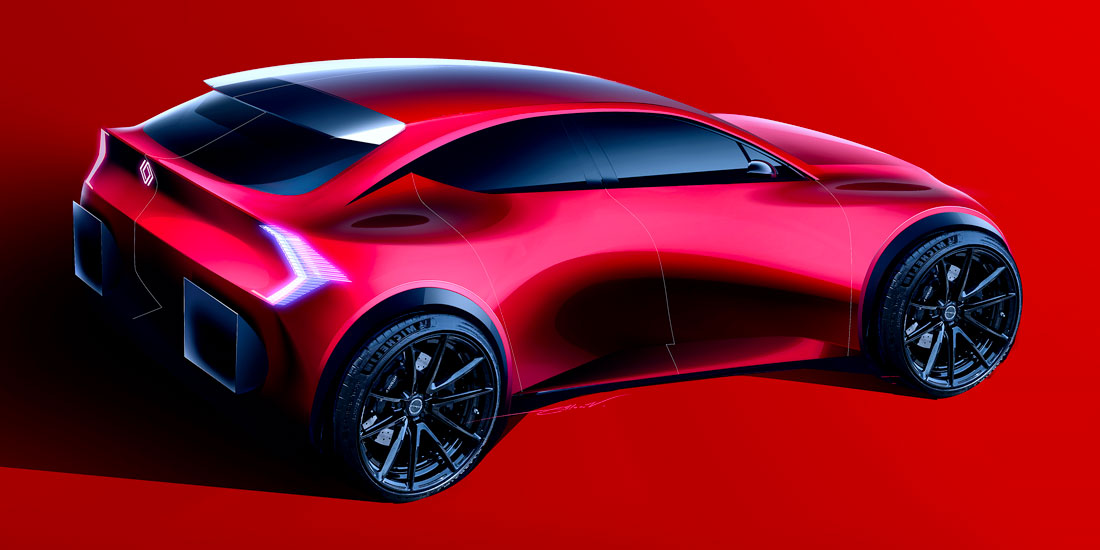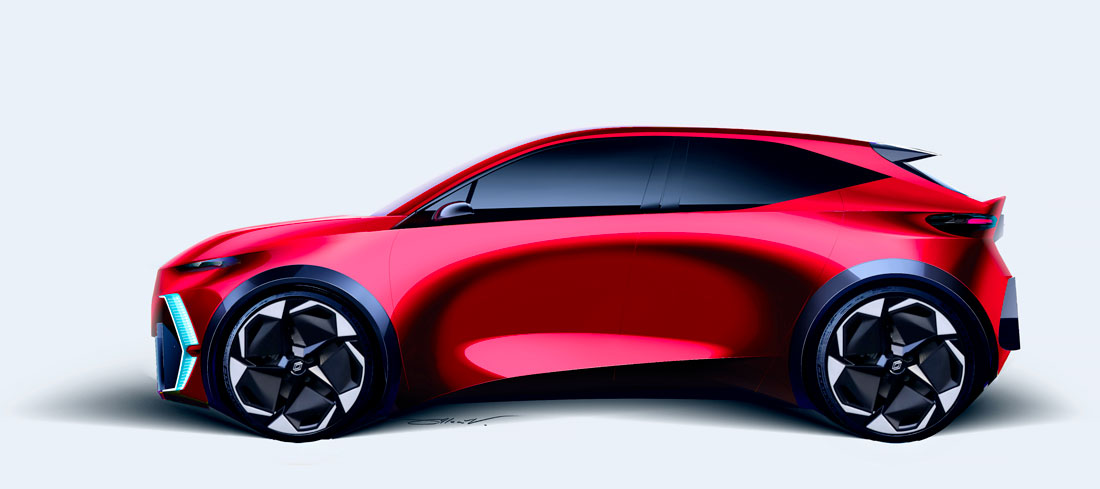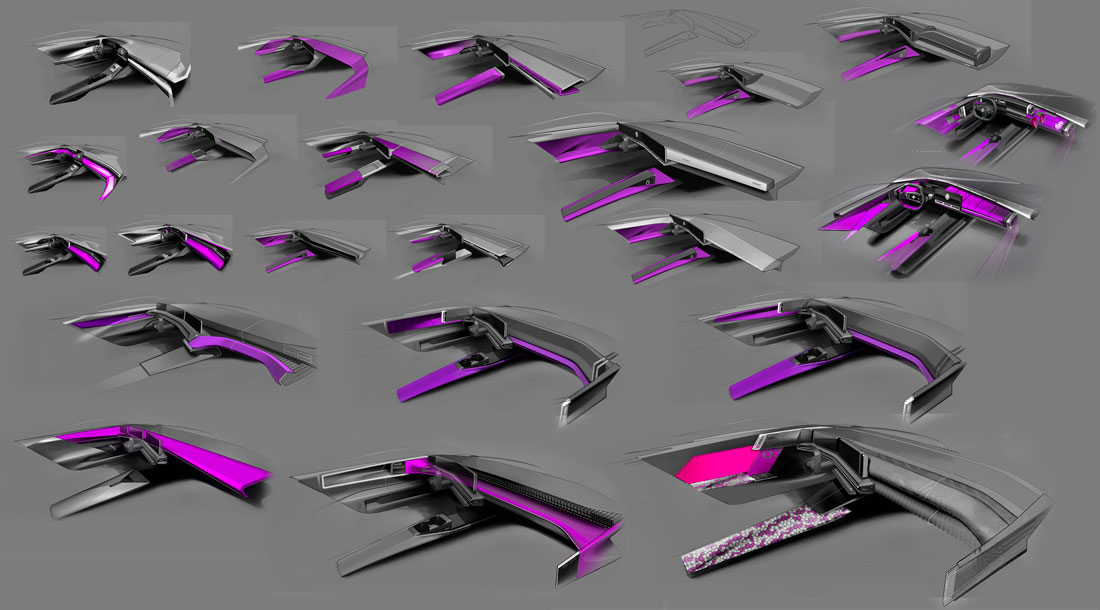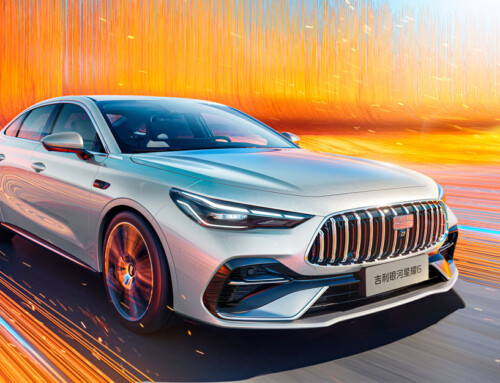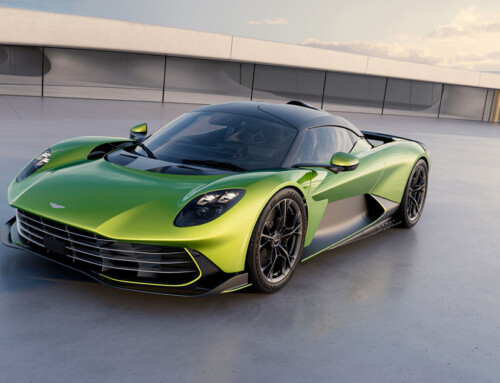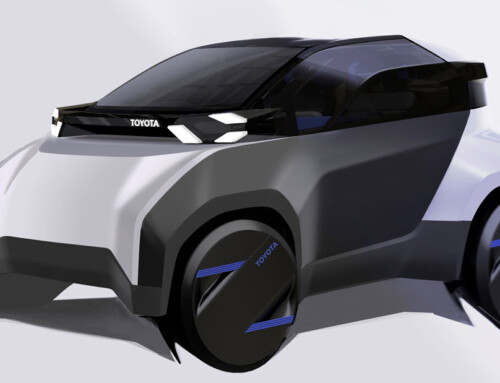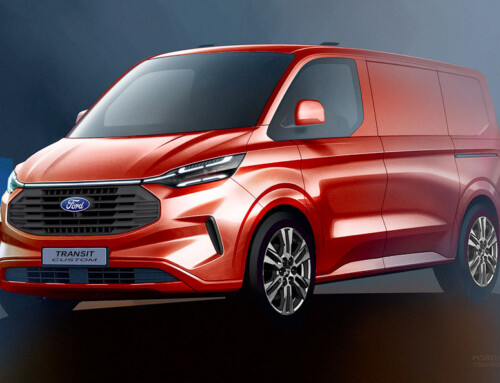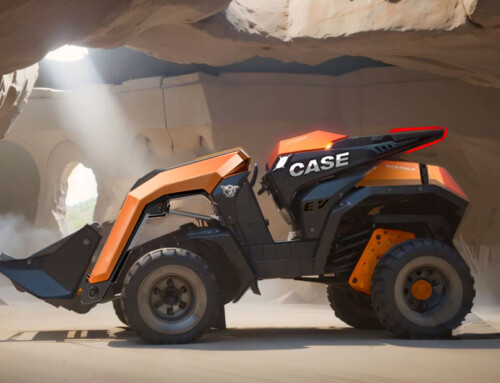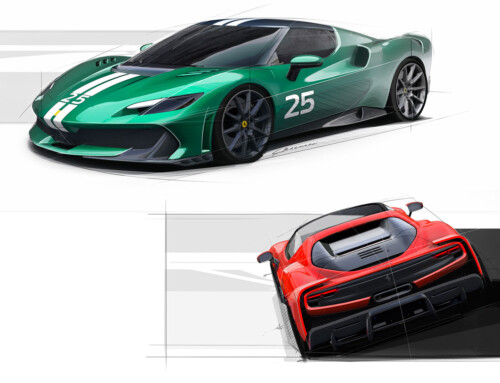“The mission of this project? To transform a hero into a superhero.” This is how Laurens van den Acker encapsulates the Renault design team’s approach to the sixth generation of the Clio, launched at the Munich Motor Show. A pivotal model and historic success for the French manufacturer, with over 17 million units sold worldwide since the first series hit the market in 1990. “We pushed for sportiness, an even more emotional design, technology, and diverse powertrains. Above all, however, it had to remain a Clio.”
Sportiness and technology
This premise explains the sculpted silhouette, featuring a steeply raked rear window that evokes a coupé, a front end with a grille thrust forward to cleave the air, and concave and convex surfaces that create visual tension, seeming to capture light to accentuate its dynamism. This strong dose of sportiness is complemented by a transformed role for technology, continues Renault Group’s Chief Design Officer: “For a long time, it was an almost invisible presence, considered a complication.”
The charm of contrasts
“Today, technology – continues Van den Acker – is seen as an aid that simplifies life, connecting you with the world; it needed to be made visible and celebrated. This gives rise to the dichotomy between the car’s sculptural, sensual appearance and the technology that, when encountered in the light clusters or dashboard, has a precise, sharp look. From this contrast between craftsmanship and technology, between past and future, reason and emotion, the new Clio’s appeal and strength are born. We know cars are becoming increasingly expensive, so we must offer customers new reasons to buy.”
Vision inspired by the cycle of life
Since he joined Renault in 2009, the French manufacturer has initiated a profound stylistic revolution, rethinking the entire range according to a vision inspired by the cycle of life and its universal values: love, family, leisure time, Van den Acker reminds us. “This philosophy gave birth to models with a strong and immediately recognizable character, especially in the front-end design.”
“Design à vivre”
“With the arrival of Luca de Meo in 2020, the brand took another leap forward: with his non-dogmatic approach, he asked us for more personality, innovation, and a visual language capable of creating authentic connections. The concept of ‘design à vivre’ took shape, where style becomes a means to tell stories of experiences and connections, not just to design cars. This led to the maturity of the latest generation of models, such as Rafale, Symbioz, and, indeed, this new Clio.”
Legendary and Future Icons
Renault’s design strategy therefore continues on a dual track: “On one side, the Legendary Icons, like the R4, R5, and new Twingo, which reinterpret our past classics in a contemporary key, and on the other, what we call Future Icons, like the Clio. It’s on these that we can surprise, explore, and offer answers to those who prefer more progressive design.”
(Full article in A&D no. 275)

